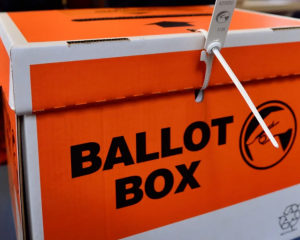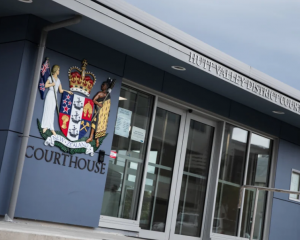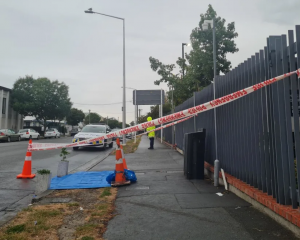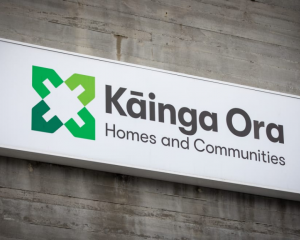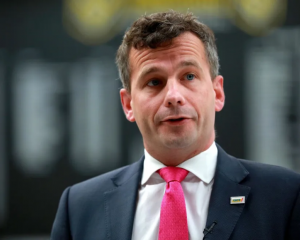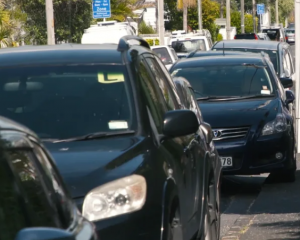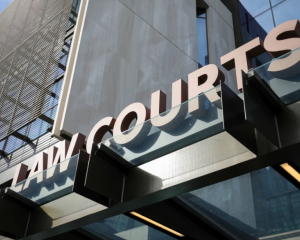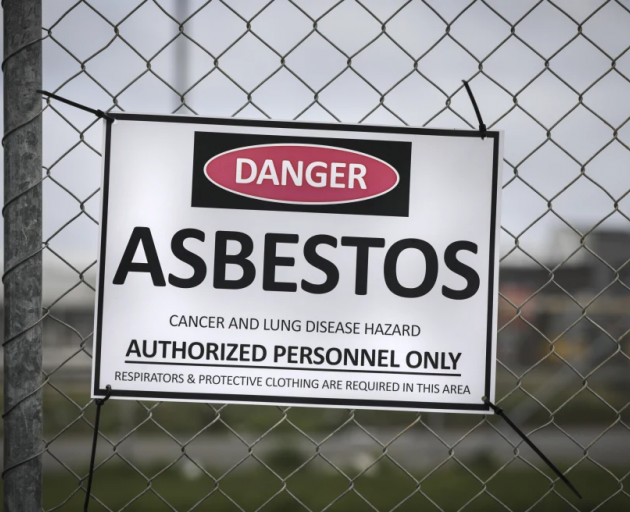
Builders and a principal say the whole system could be better - and safer - for everyone.
A report by WorkSafe about Maihiihi School's brush with asbestos in 2022, is one example.
"Apprentice has demolished wall behind old sink and walk [sic] it out and dumped in skip bin," said the notification obtained under the OIA.
"Ministry of Education workers have turned up to find broken asbestos all over the site.
"School was shut down on Monday after they found out and won't reopen for at least a few weeks."
Ōtorohanga builder Paul Rattray, now retired, recalled the nasty surprise at Maihiihi.
"Somebody rang me up and says, 'Hey, do you realise you've got asbestos in here, they've got to close the school down'.
"I said, "Whadda you talking about?' had no idea."
Even though WorkSafe's notification said the survey report had identified asbestos, Rattray said that did not cover the area where the apprentice was stripping the wall back, fortunately wearing demolition PPE including a mask.
"When she exposed the asbestos it was in a very poor state of disrepair because it had been smashed and holes formed in it from past tradespeople, who had run wires and pipes, etc," he said.
"If we knew there was asbestos on that wall we would have taken the correct precautions.
"Yeah, we weren't informed. My apprentice didn't know because she hasn't been down that road before."
The school was closed, and the asbestos was cleared.
Christchurch licensed builder John Mowat experience similar situations many times in earthquake salvage jobs.
He said schools needed better pre-demolition asbestos surveys that went beyond the standard and to use surveyors who were better trained in where asbestos hides.
"Sometimes it's just three tests - one in the wall, one in the ceiling, one in the floor - move on to the next room. They don't do all the walls, just one. Not comprehensive," Mowat said.
Looking harder, and knowing where to look, could help forestall big problems later, he said.
However, a disincentive was that, at $100 per hole drilled, it would all add up, he added.
On Thursday, the Ministry told RNZ it was now in the process of creating standardised report templates for asbestos surveys, "detailing how we wish to collect asbestos survey data and what information we need".
It said it was not aware of any schools or their contractors breaching Worksafe's legal notification requirements.
Under the devolved governance Tomorrow's Schools model, schools were not obliged to tell the ministry about asbestos finds or problems.
Officials recognise asbestos was likely to be in any school building built or renovated before 2000.
"Given the age of the school buildings across the country, asbestos or asbestos containing materials might be present in many schools," ministry head of property Sam Fowler in a statement.
"We don't have a national view on how many schools contain asbestos", he added.
Poor removal jobs at some schools
Another surprise find of asbestos was at Glenavon School in Auckland, where it turned a simple renovation into a nightmare.
But at least Glenavon, and Maihiihi further south, both got a good removal job in the end, whereas, ministry documents show that a "sizeable" number of other schools were getting a poor removal job.
Glenavon principal John Hunte, exhausted by what he has faced, said the ministry needed to "swoop in".
"It's not an ideal situation and when it comes to asbestos, or these other complex projects, the ministry should be involved from the beginning, knowing the history, knowing the school, knowing the potential risk and danger, and they should be swooping in and taking over."
Building contractor Dedan Percy said he got burned on the Glenavon job by a system unfit for ensuring everyone knows what they were doing, and hoped things would change.
"Things like asbestos needs to be treated with a lot more respect around how it's handled, how it's managed, and the right people need to be appointed," Percy said.
The ministry's statements to RNZ make clear the Tomorrow's Schools model still put a lot of the onus on schools including having their own asbestos management plan and making the right call early on what to do if it is found.
The ministry offered a planning process, however, "taking steps to isolate any area of risk is a key part of schools' PCBU responsibilities", said Fowler.
"School boards and principals must ensure that all asbestos in schools is identified and if so, any risks arising from the asbestos are managed to eliminate or minimise exposure."
The ministry sometimes took the lead on asbestos, or gave support and advice if called on, he said.


